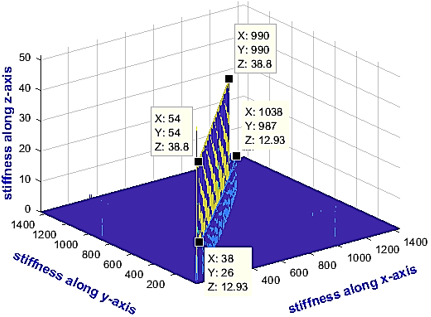Mechanical Characterization of Armchair and Zigzag Single-walled Carbon Nanotube
Keywords:
Single walled Carbon nanotubes, Mechanical properties, Finite element analysis, Young’s modulusAbstract
The stress-strain and Young’s modulus values of single-walled carbon nanotubes SWCNTs are modeled through linear finite element simulations and Matlab codes, in this study. Cylindrical zigzag and armchair single-walled are established as carbon nanostructures. An individual carbon nanotube (CNT) is simulated as a frame-like structure and the primary bonds between two nearest-neighboring carbon atoms are treated as 3D beam elements. The stiffness and the stress-strain curved of the SWCNTs are investigated. The effect domination of the nanotube diameter of the CNTs on Young’s modulus is studied. The simulation results acquired in this study are in good agreement with the experimental results.

Published
How to Cite
Issue
Section
Copyright (c) 2022 R. Hamood, Samia Jamal, Zina A. Al Shadid

This work is licensed under a Creative Commons Attribution 4.0 International License.




